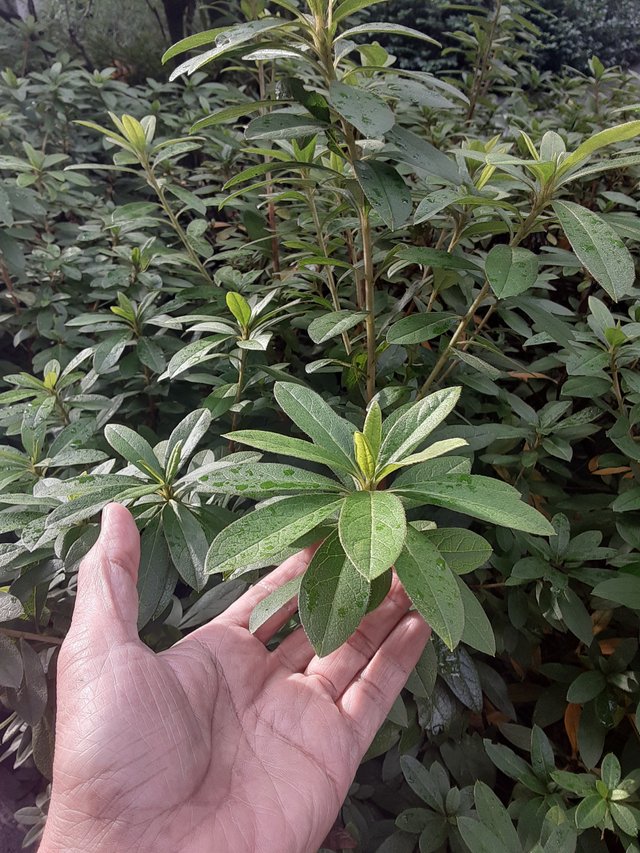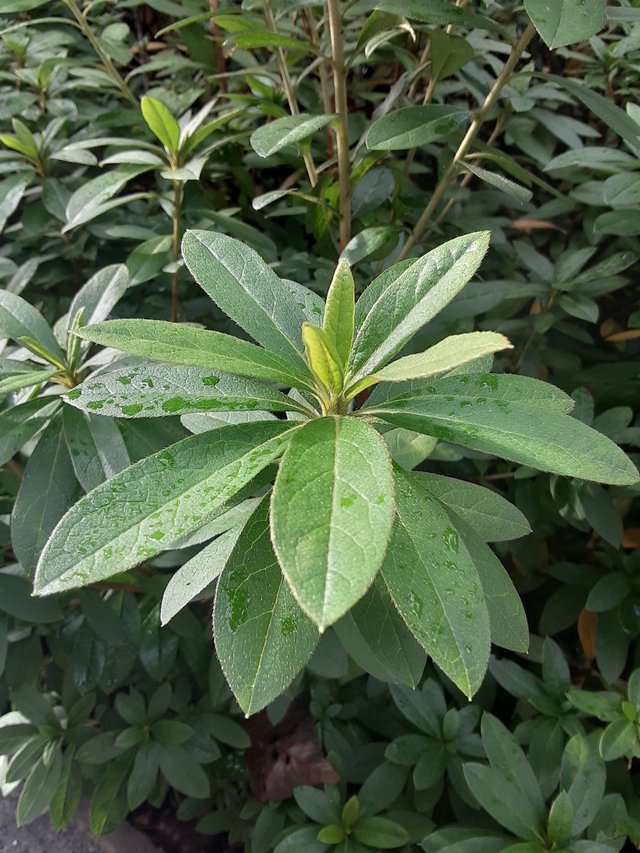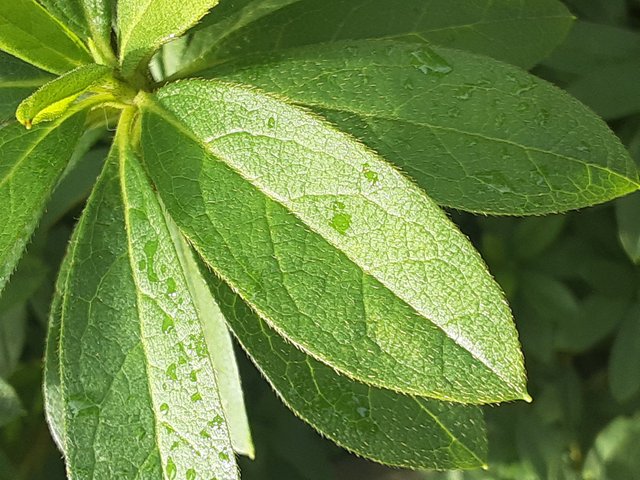Rhododendron menziesii, a deciduous shrub with distinctive, glandular, and foul-smelling leaves that turn orange-brown in autumn
Rhododendron menziesii, commonly known as Menziesia ferruginea, False Azalea, or Fool's Huckleberry, is a deciduous shrub native to northwestern North America. It typically grows to a height of 2 to 6 feet and is characterized by its distinctive leaves and flowers.
The leaves of Rhododendron menziesii are a key identifying feature. They are arranged alternately on the branches, with a narrow oval or obovate shape and pointed tips. The leaves measure approximately 3/4 to 2 inches in length and 1/2 to 3/4 inches in width.
They are a bright green color on the upper surface and a lighter shade of green beneath. The leaves are covered in glandular hairs, giving them a slightly sticky texture and a distinctive unpleasant odor when crushed. This odor is often described as skunk-like or musty.
The leaves of Rhododendron menziesii are deciduous, meaning they shed in the fall. Before dropping, they often turn a beautiful orange-brown color, adding to the plant's autumnal appeal.
The leaves of Rhododendron menziesii play a crucial role in the plant's ecology. They provide food for various herbivores, including deer and insects. Additionally, the leaves contribute to the plant's overall appearance and aesthetic value, making it a popular choice for landscaping and gardening.
Ref.:





Upvoted! Thank you for supporting witness @jswit.